Facial Structure – Friday Pop Quiz 3/12/2021
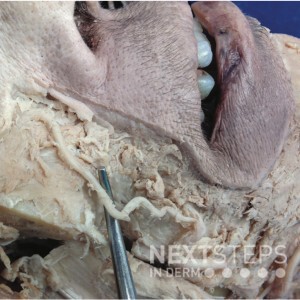 What structure is being lifted by the dissecting probe?
A. Angular artery
B. Transverse facial artery
C. Buccal nerve
D. Mental nerve
E. Superior labial artery
To find out the correct answer and read the explanation, click here.
Brought to you by our brand partner Derm In-Review. A product of SanovaWorks.
…
What structure is being lifted by the dissecting probe?
A. Angular artery
B. Transverse facial artery
C. Buccal nerve
D. Mental nerve
E. Superior labial artery
To find out the correct answer and read the explanation, click here.
Brought to you by our brand partner Derm In-Review. A product of SanovaWorks.
…
 What structure is being lifted by the dissecting probe?
A. Angular artery
B. Transverse facial artery
C. Buccal nerve
D. Mental nerve
E. Superior labial artery
To find out the correct answer and read the explanation, click here.
Brought to you by our brand partner Derm In-Review. A product of SanovaWorks.
…
What structure is being lifted by the dissecting probe?
A. Angular artery
B. Transverse facial artery
C. Buccal nerve
D. Mental nerve
E. Superior labial artery
To find out the correct answer and read the explanation, click here.
Brought to you by our brand partner Derm In-Review. A product of SanovaWorks.
… Continue reading "Facial Structure – Friday Pop Quiz 3/12/2021"


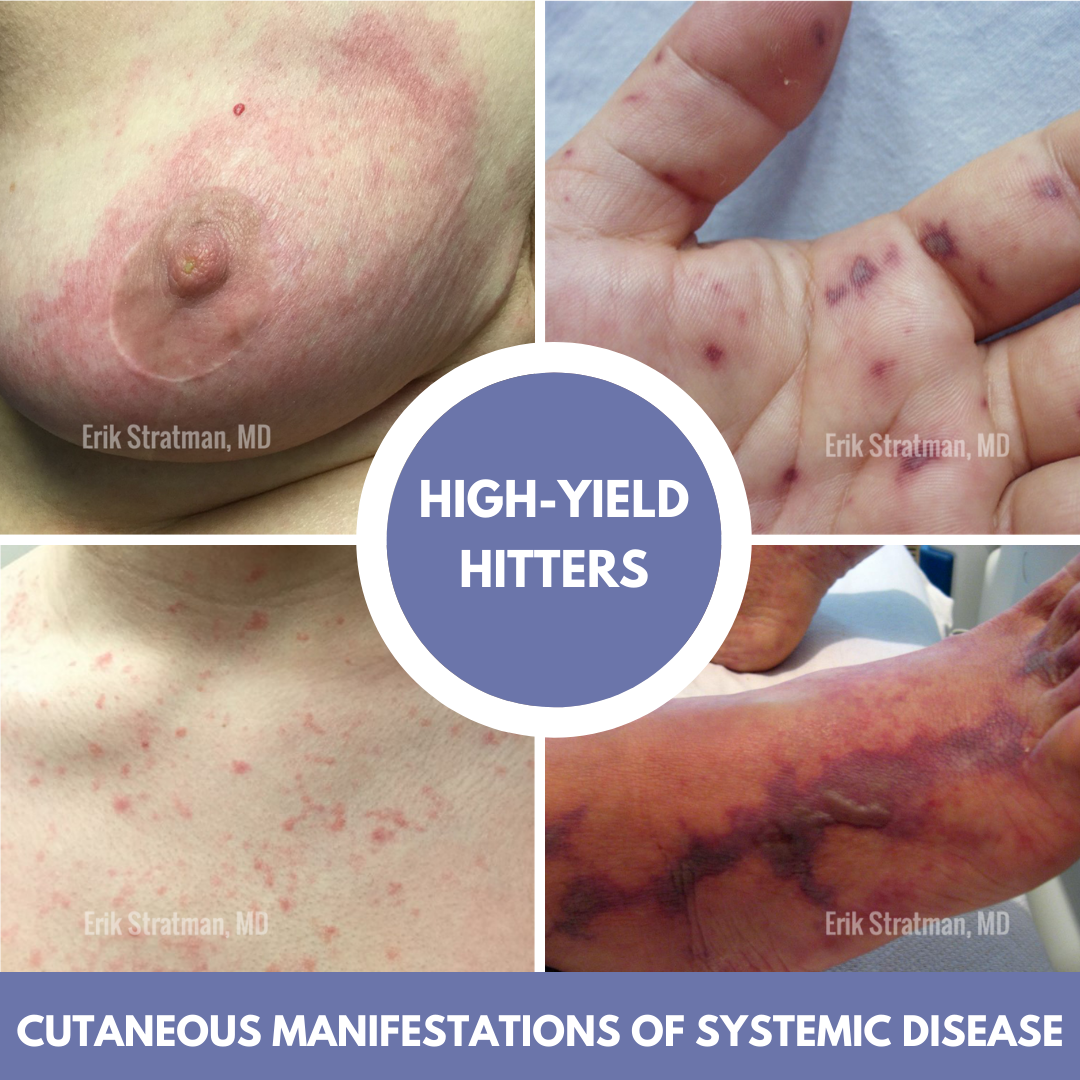 Do you feel comfortable recognizing retiform purpura and initiating the work up to identify the underlying etiology? What can cause “cellulitis” on the breast that does not get better with antibiotics? What are the most common drug culprits triggering eczematous eruptions in the elderly and stubborn psoriasis? What medication is associated with vulvovaginal pyoderma gangrenosum? If these cas …
Do you feel comfortable recognizing retiform purpura and initiating the work up to identify the underlying etiology? What can cause “cellulitis” on the breast that does not get better with antibiotics? What are the most common drug culprits triggering eczematous eruptions in the elderly and stubborn psoriasis? What medication is associated with vulvovaginal pyoderma gangrenosum? If these cas … 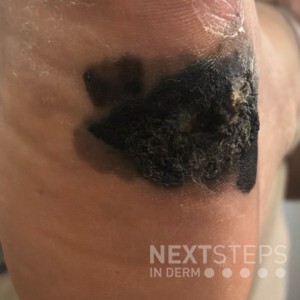 This 32-year-old man has two sisters each with melanoma, and his father died from metastatic pancreatic cancer. You suspect a germline mutation in which of the following genes?
A. BAP1
B. TERT
C. MITF
D. CDKN2A
E. PTCH
To find out the correct answer and read the explanation, click here.
Brought to you by our brand partner Derm In-Review. A product of SanovaWorks.
…
This 32-year-old man has two sisters each with melanoma, and his father died from metastatic pancreatic cancer. You suspect a germline mutation in which of the following genes?
A. BAP1
B. TERT
C. MITF
D. CDKN2A
E. PTCH
To find out the correct answer and read the explanation, click here.
Brought to you by our brand partner Derm In-Review. A product of SanovaWorks.
… 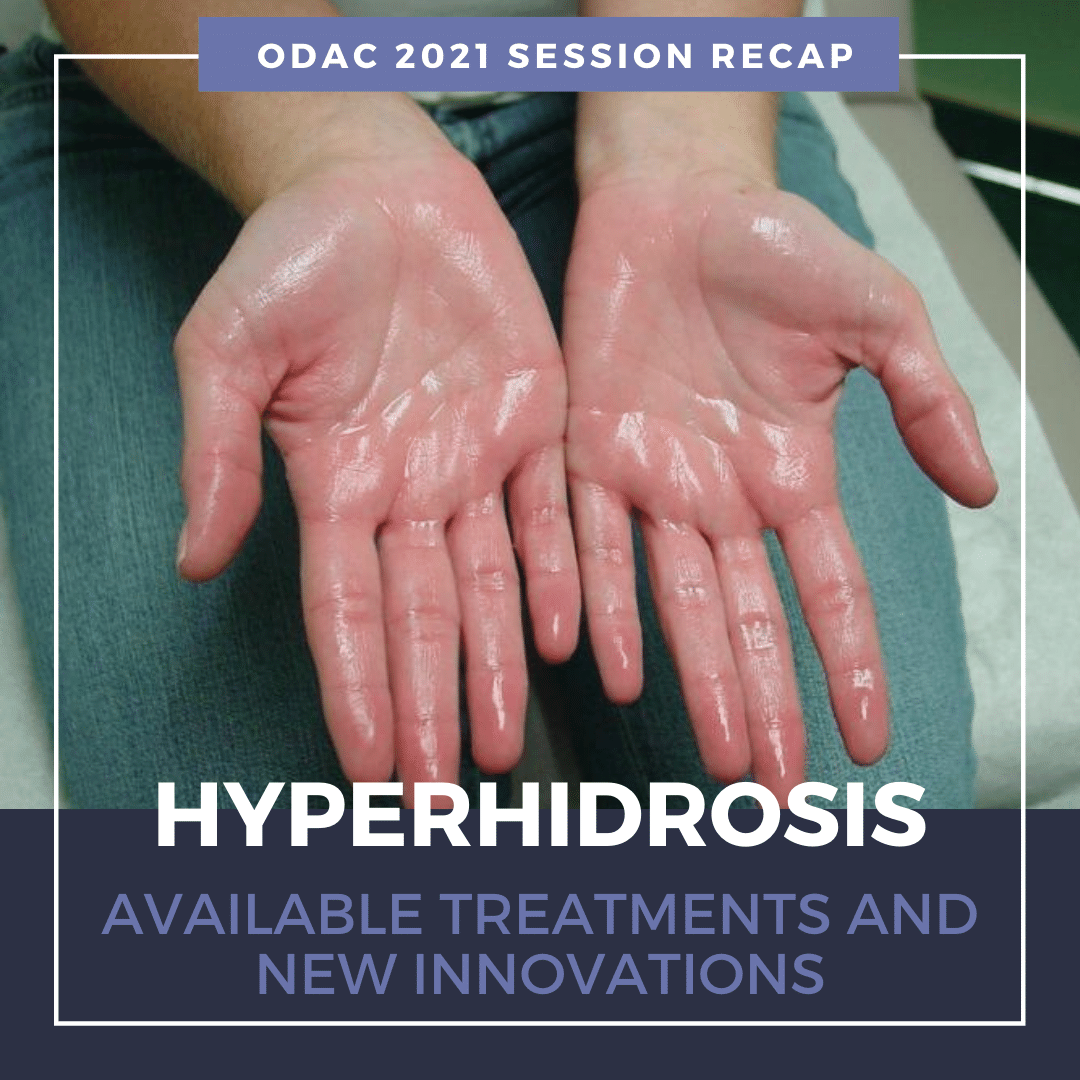 What is Hyperhidrosis (HH)?
Primary HH is defined as excessive, bilateral, and generally symmetrical sweating at abnormal levels unprompted by activity or environment.
Hyperhidrosis is characterized by abnormal sweating beyond what is needed for thermoregulation. It is not a normal physiologic response. Nearly 15 million people in the United States suffer from hyperhidrosis and half of thos …
What is Hyperhidrosis (HH)?
Primary HH is defined as excessive, bilateral, and generally symmetrical sweating at abnormal levels unprompted by activity or environment.
Hyperhidrosis is characterized by abnormal sweating beyond what is needed for thermoregulation. It is not a normal physiologic response. Nearly 15 million people in the United States suffer from hyperhidrosis and half of thos … 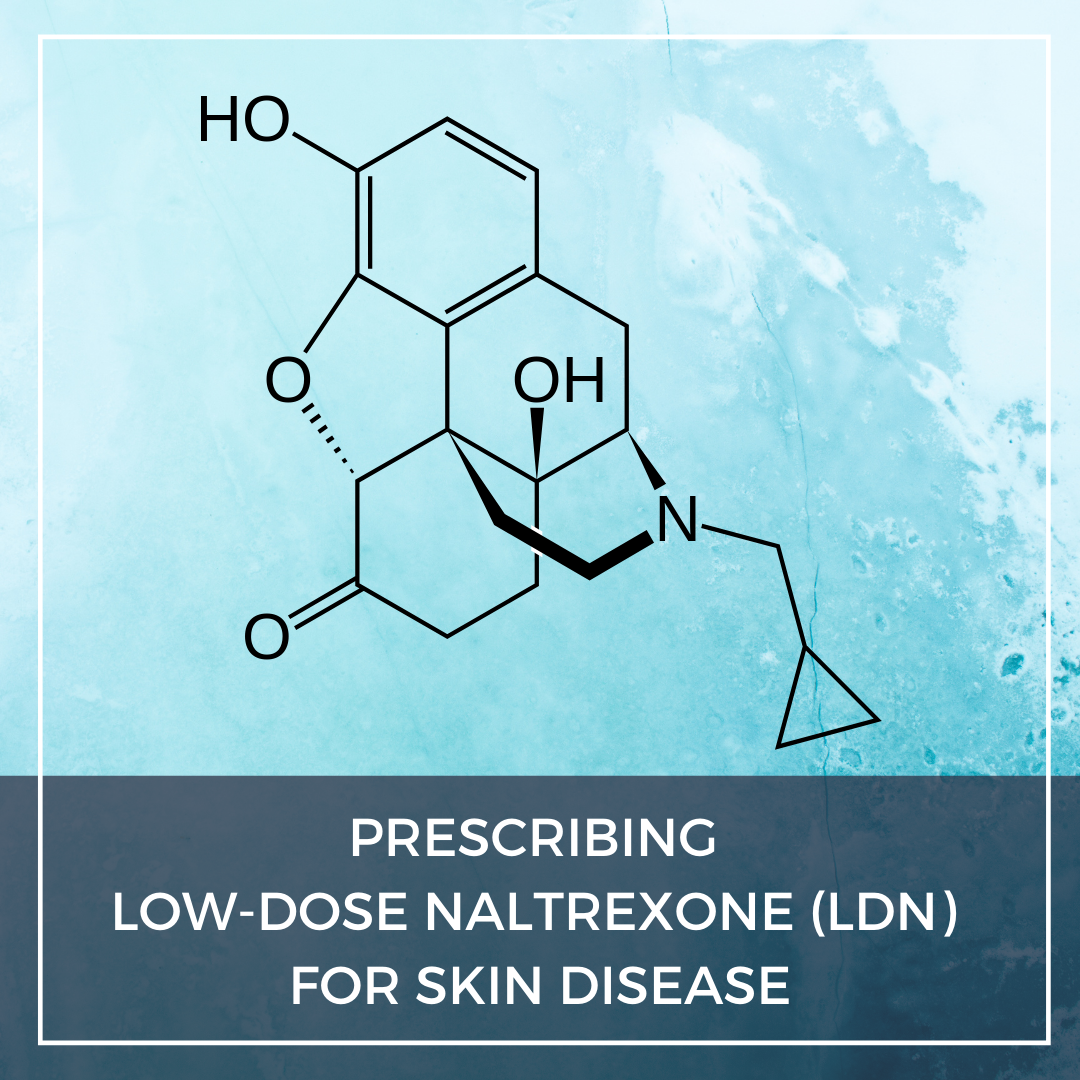 Have you prescribed low-dose Naltrexone for skin disease? Not sure why it works? Not sure how best to use it, or how to prescribe it? Feel like you could use more information to help you more safely and effectively utilize this medication? I myself utilize this medication for itch but have had mixed success. Enter Dr. Bodemer and her recent lecture.
During the 2020 Integrative Dermatology S …
Have you prescribed low-dose Naltrexone for skin disease? Not sure why it works? Not sure how best to use it, or how to prescribe it? Feel like you could use more information to help you more safely and effectively utilize this medication? I myself utilize this medication for itch but have had mixed success. Enter Dr. Bodemer and her recent lecture.
During the 2020 Integrative Dermatology S …